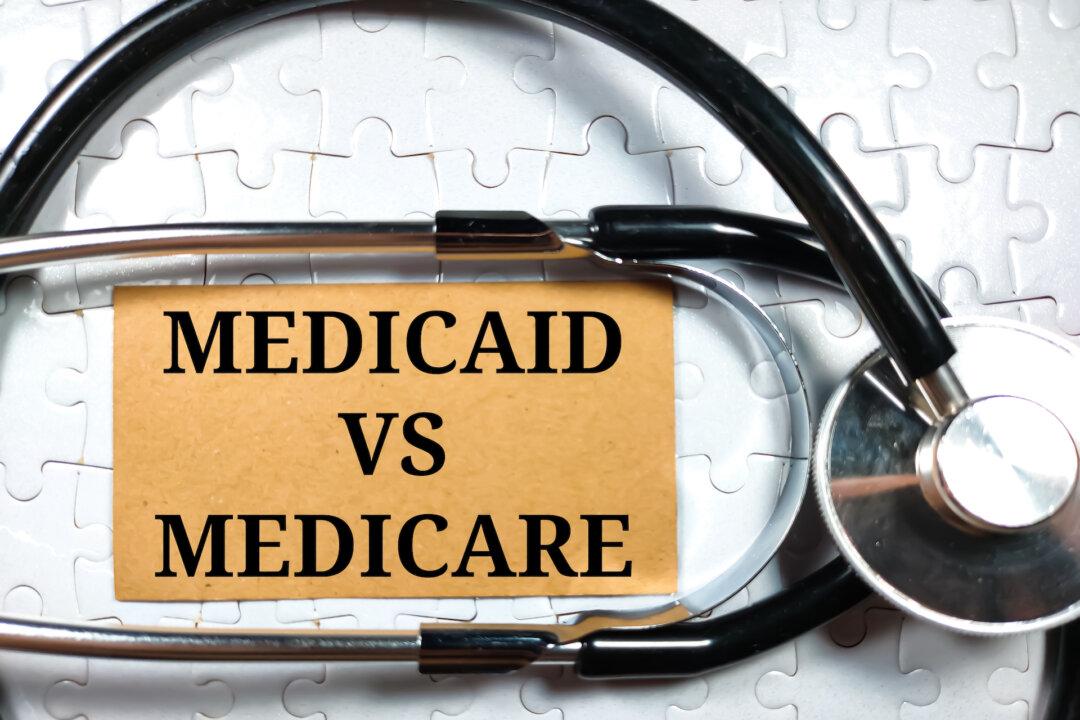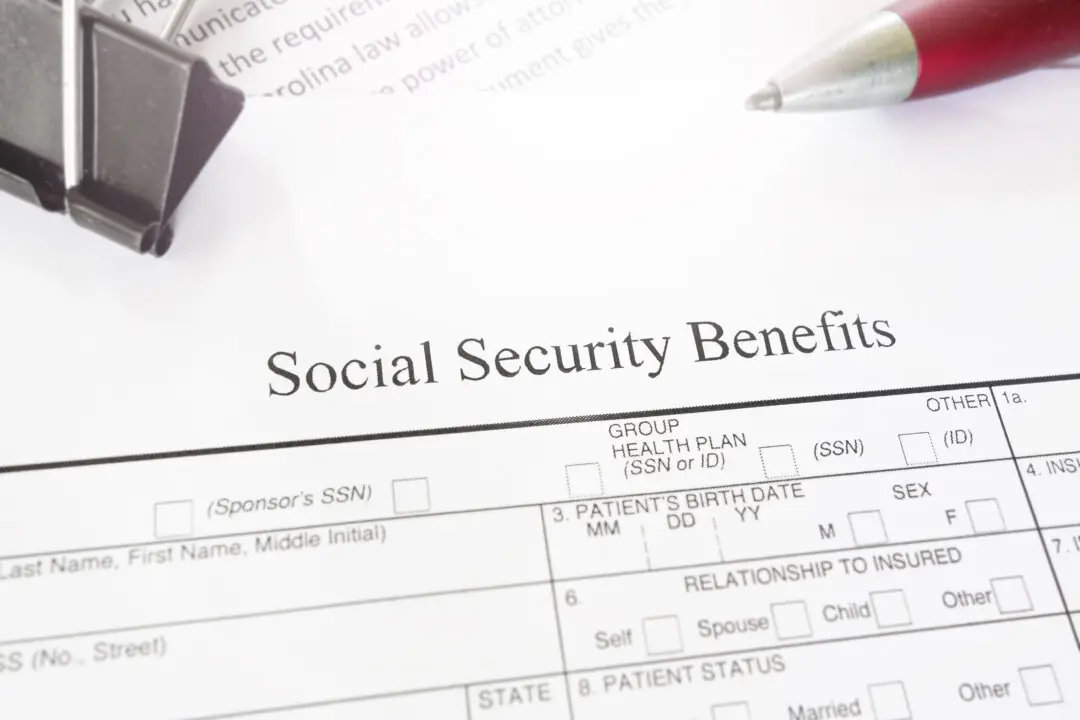In today’s column, I’m going to talk about Medicare, Medicaid, and Social Security. Despite what many people think, these government programs are not like three peas in a pod. They are more like a pea, a bean, and a stalk of celery. In other words, they are all sort of connected because they are government programs that sometimes have an overlapping beneficiary base. But ultimately, they are three very different programs with very different rules and very different management structures.
Before I go on, I want to share a story that will seem very disconnected from what I was just writing about. But I promise I will tie it in to the topic at hand.






